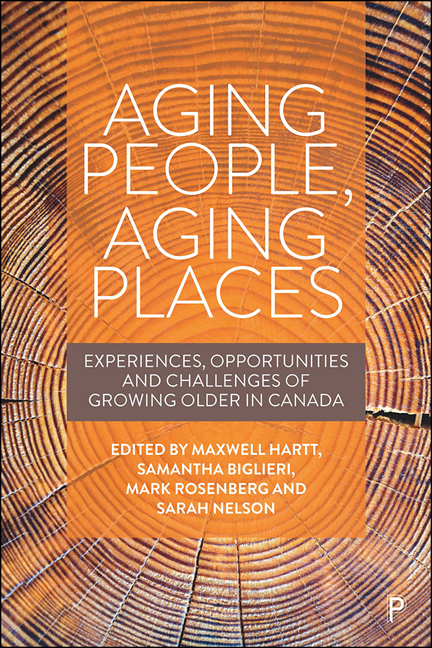20 - Indigenous practitioner vignette
Published online by Cambridge University Press: 18 December 2021
Summary
My Name is Connie Paul, R.N. That is my outside world name, but I carry three other real names: Yetta, from my great-grandmother, this name belonged to her grandmother, she was Okanagan; Teltitelwet, from my great-grandfather's mother's name, she was Coast Salish, from Mill Bay; and Hanakim Zim Lisms, given to me by four chiefs and their wives from four Nisga’a houses after 18½ years of service.
I have worked for 30 years as a nurse. What kind of nurse? All kinds. I have been a trauma nurse, community care nurse, home care nurse, nurse manager, nurse leader, palliative care nurse, outpost nurse, remote nurse, funny nurse, traditional nurse, artistic nurse, poet nurse. Above all, keeper of their stories. The story-telling nurse.
If someone was to ask me my advice about nursing in an Indigenous community, I would say nurse the environment, and nurse the family, including their pets. Find a safe way to hear their stories. Above all do not leave. Remain in community. It takes years and years to develop the relationship to client, family, and community. Take the time to find out what the political leaders feel. You need their support. Attend the band meetings. Attend the funerals and memorials. Attend the cultural events, if invited.
Elder care involves consulting our Elders directly. It means protecting their safety as they define it. Have an Elders’ luncheon and ask them to tell you what they need. You will be pleasantly surprised that they know their own truth. Elders themselves will tell you what makes them safe, and what makes them unsafe. Elders themselves will tell you what they need to be self-actualized. They will tell you themselves what they need. They are able to set their own priorities.
If Elder abuse is an issue in the community, then this will be identified. If Elder neglect is an issue, then they will tell you. If Elder mobility is an issue, then this will be brought up. If Elder isolation is an issue, then this will be discussed. None of this needs to be assumed. Should you do this work, however, then there is an expectation that you will follow up on what was identified.
- Type
- Chapter
- Information
- Aging People, Aging PlacesExperiences, Opportunities and Challenges of Growing Older in Canada, pp. 241 - 246Publisher: Bristol University PressPrint publication year: 2021

